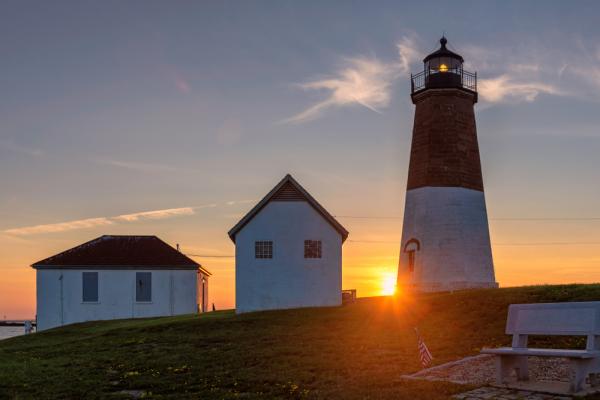Bill Stringfellow’s declining health eventually had him leave New York and took him to Block Island. At one of the first speaking events I did as part of the early Sojourners, we met together at a conference on “radical discipleship” at Princeton Seminary. His voice was soft, and you had to incline your ears to hear him, but his biblical radicalism so powerfully resonated with me. I asked if we could talk and he suggested a walk around the Princeton campus – a walk that I will never forget. After our long walk, Bill said, “You should come visit on Block Island,” a place I had never heard of. So, I did, and “the island” as people here call it, has literally changed my life. Block Island became for me an almost monastic place for regular retreat and vacation, where the Bible and the newspaper are always held hand and hand.
Read the Full Article

